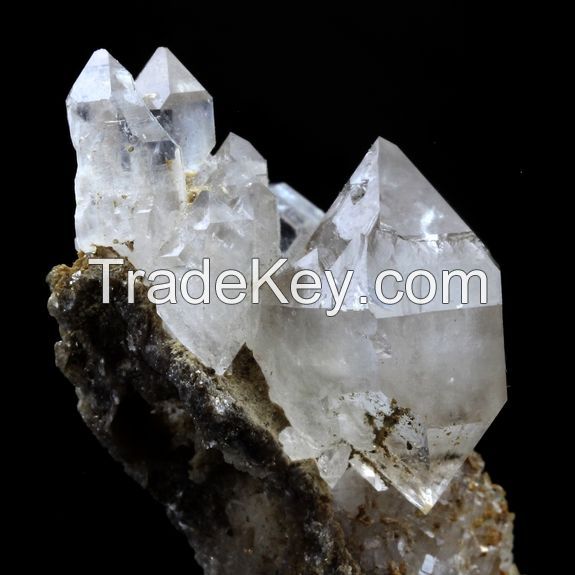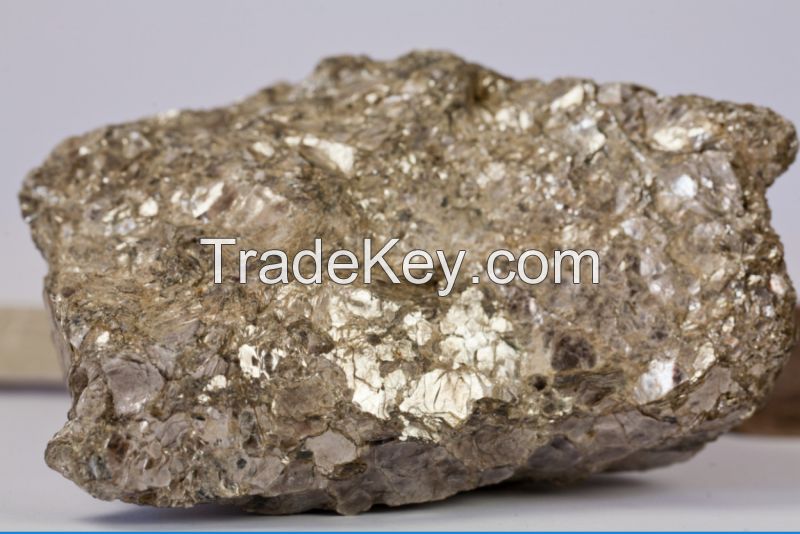The principal use of ground mica is in gypsum wallboard joint compound, where it acts as a filler and extender, provides a smoother consistency, improves workability, and prevents cracking. In the paint industry, ground mica is used as a pigment extender that also facilitates suspension due to its light weight and platy morphology. The ground mica also reduces checking and chalking, prevents shrinkage and shearing of the paint film, provides increased resistance to water penetration and weathering, and brightens the tone of colored pigments. Ground mica also is used in the well-drilling industry as an additive to drilling muds.
The plastic industry used ground mica as an extender and filler and also as a reinforcing agent. The rubber industry uses ground mica as an inert filler and as a mold lubricant in the manufacture of molded rubber products, including tires.
Sheet mica is used principally in the electronic and electrical industries. The major uses of sheet and block mica are as electrical insulators in electronic equipment, thermal insulation, gauge glass, windows in stove and kerosene heaters, dielectrics in capacitors, decorative panels in lamps and windows, insulation in electric motors and generator armatures, field coil insulation, and magnet and commutator core insulation.


